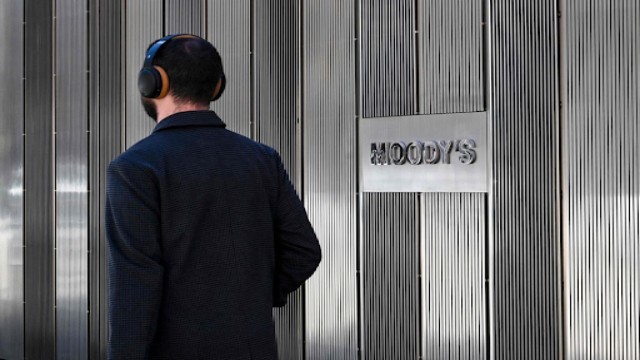
U.S. gas prices have dropped to their lowest point in three years as the country sees a surge in holiday travel, according to reports from AAA and Bloomberg.
Just as Thanksgiving approaches, the national average for gas prices in the U.S. is expected to dip below $3 a gallon, marking a three-year low. This comes at a time when holiday travel is poised to bounce back to pre-pandemic levels. While drivers may face traffic congestion on the roads, they will see some financial relief when filling up their tanks.
Currently, the national average for fuel prices has hit its lowest mark since January, hovering slightly above 2021 levels. Experts predict prices will continue to decline as West Texas Intermediate (WTI) crude oil remains at its weakest since September.
The American Automobile Association (AAA) forecasts that between the Tuesday before Thanksgiving and the following Monday, around 71.7 million people will be travelling at least 50 miles by car. This figure surpasses last year’s numbers by 1.3 million and is the highest since the pandemic began, signalling a surge in road travel.
Despite the jump in travel, gas prices might still slide below $3 a gallon before the holiday week begins. Patrick DeHaan, head of petroleum analysis at GasBuddy, echoes this view. Last Thanksgiving, the average price was $3.26 per gallon, but this year, drivers in over a dozen states east of the Rocky Mountains could see prices as low as $2.25 to $2.50 per gallon. By the end of last week, the national average price stood at $3.08 per gallon.
DeHaan points to a broad slowdown in demand, spurred by the Federal Reserve’s interest rate hikes, as a major factor in the drop in prices. “For many Americans, gas prices are starting to feel familiar again,” he noted. States in the southern U.S., which benefit from low gasoline taxes, are even seeing prices that remind people of earlier, more affordable times.
However, the increased travel activity, despite boosting demand temporarily, hasn’t significantly affected gasoline inventories or refinery operations. U.S. refiners are producing record amounts of fuel to make up for lower imports, but this isn’t enough to lift them out of their current struggles with slim profit margins, known as crack spreads. “Refineries are already dealing with low-profit margins,” DeHaan added. “Despite the holiday rush, gasoline demand is still soft.”
The anticipated holiday travel surge will bring more than just crowded gas stations; road congestion will also worsen in major cities. Traffic in places like Boston, New York, Los Angeles, Seattle, and Washington, D.C., is expected to more than double compared to normal days, according to INRIX, a traffic data firm.
Travel plans for Thanksgiving are expanding beyond just road trips. International flight bookings have increased by 23% since last year, and cruise reservations are up by 20%. Air travellers are benefiting from lower costs as well; international flight prices have dropped by 5% from the previous year. This decline in airfare is partly due to cheaper jet fuel, which has become less expensive due to improved fleet efficiency, postponed aircraft deliveries, and weaker demand during the summer travel season. “Jet fuel prices are down, making up a smaller share of flight costs,” DeHaan stated.















